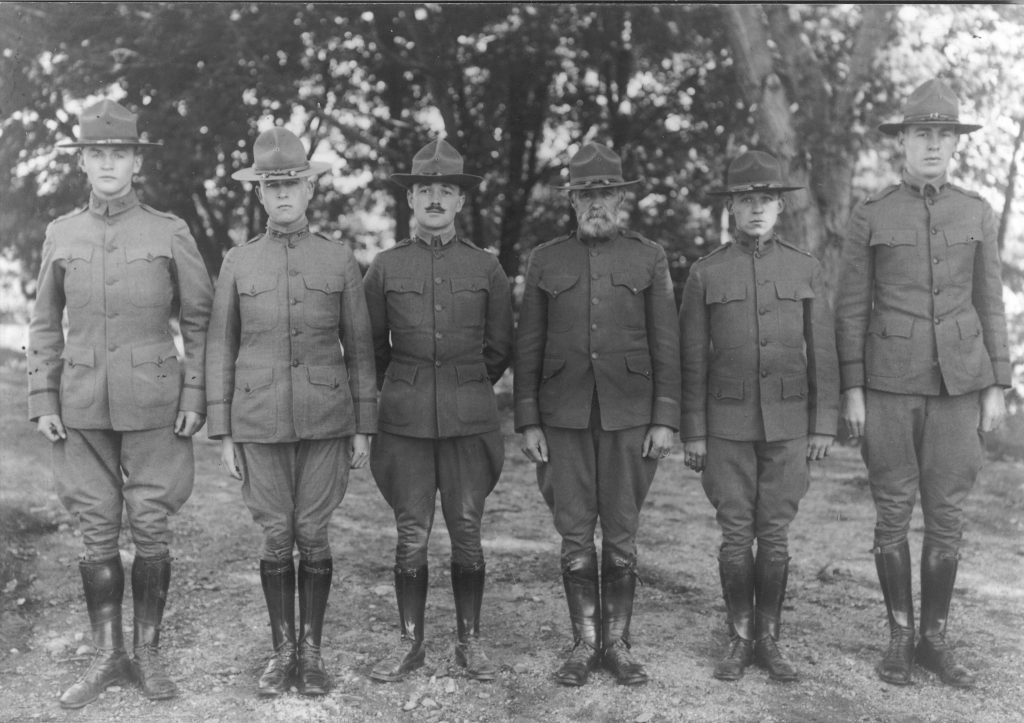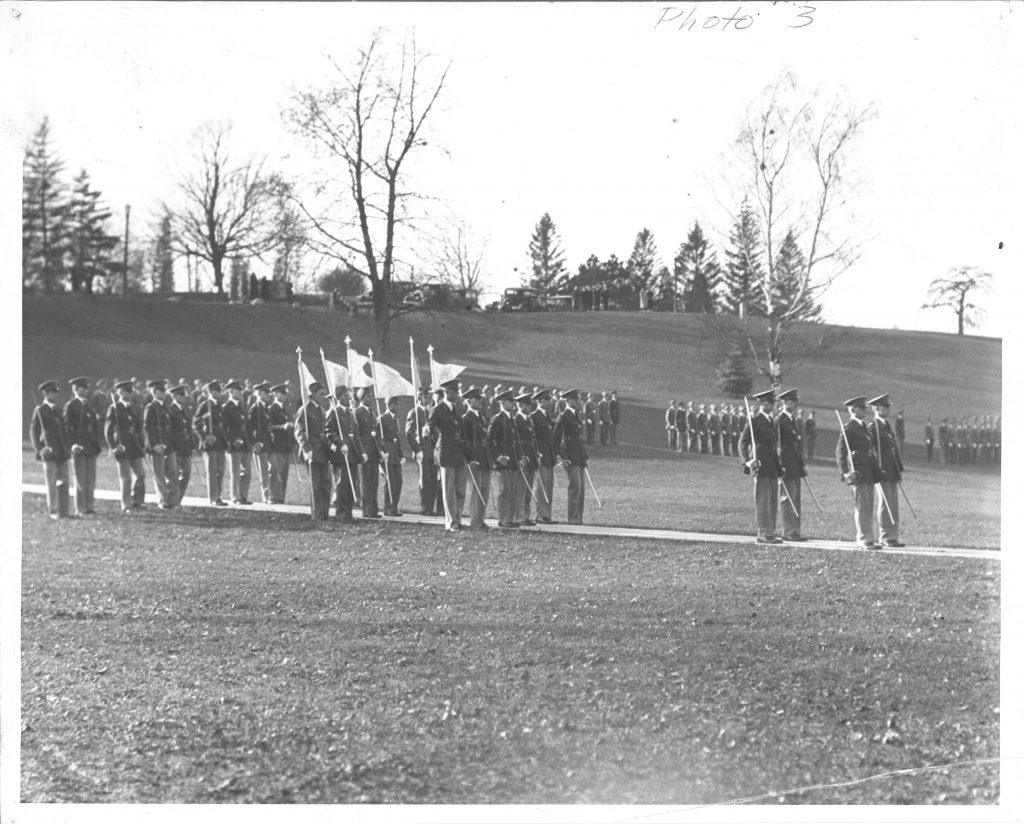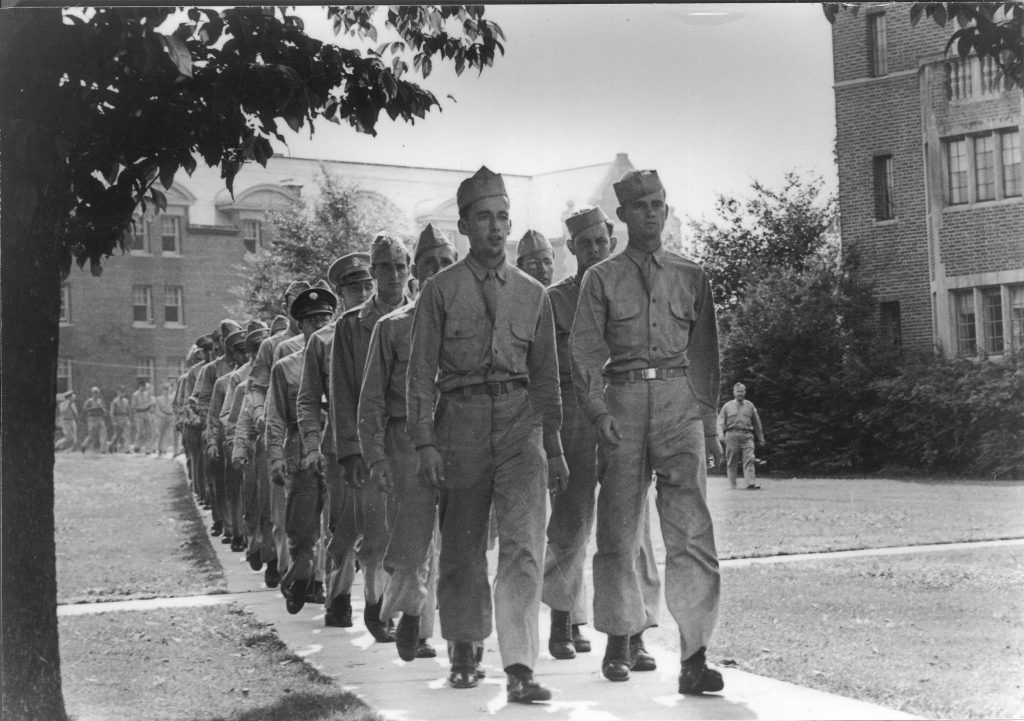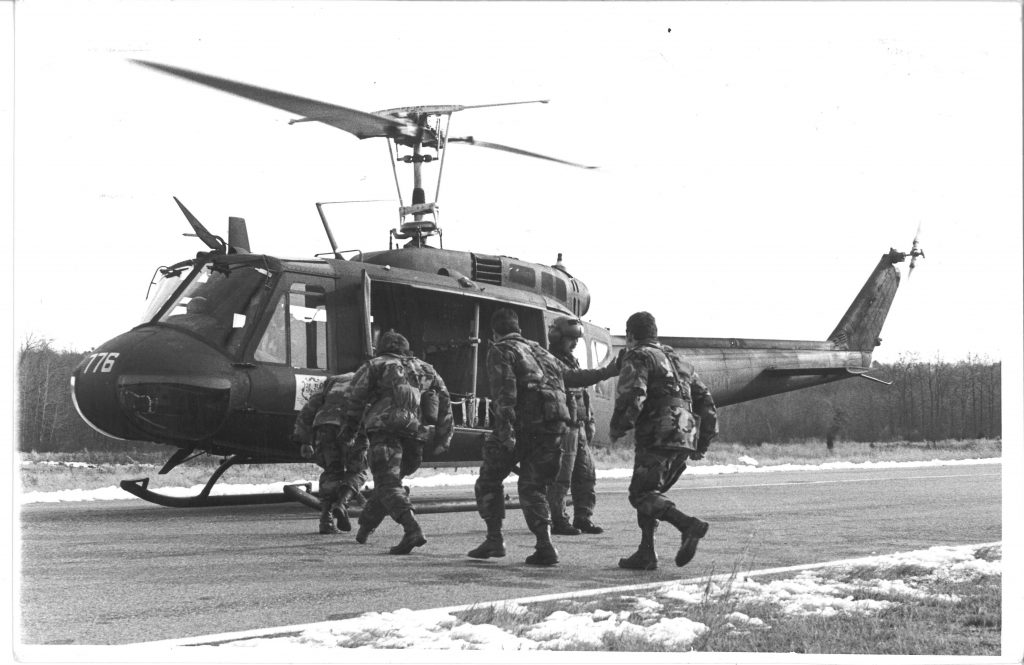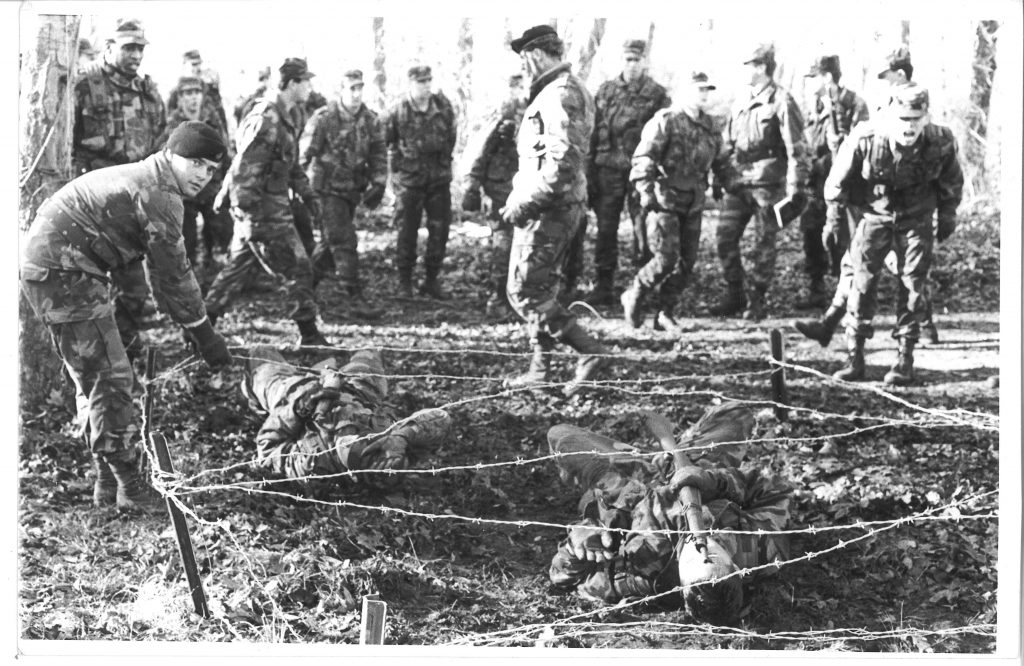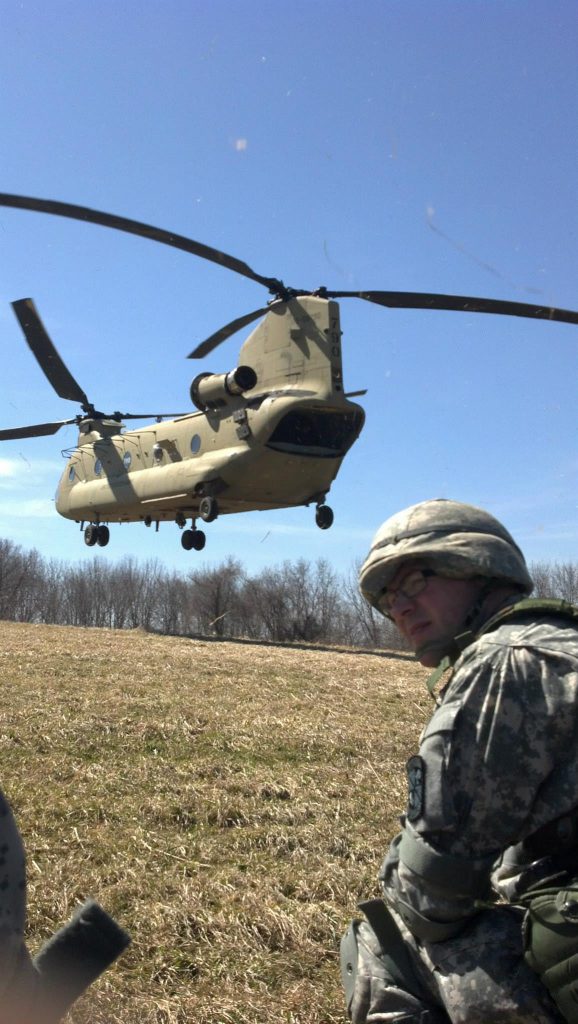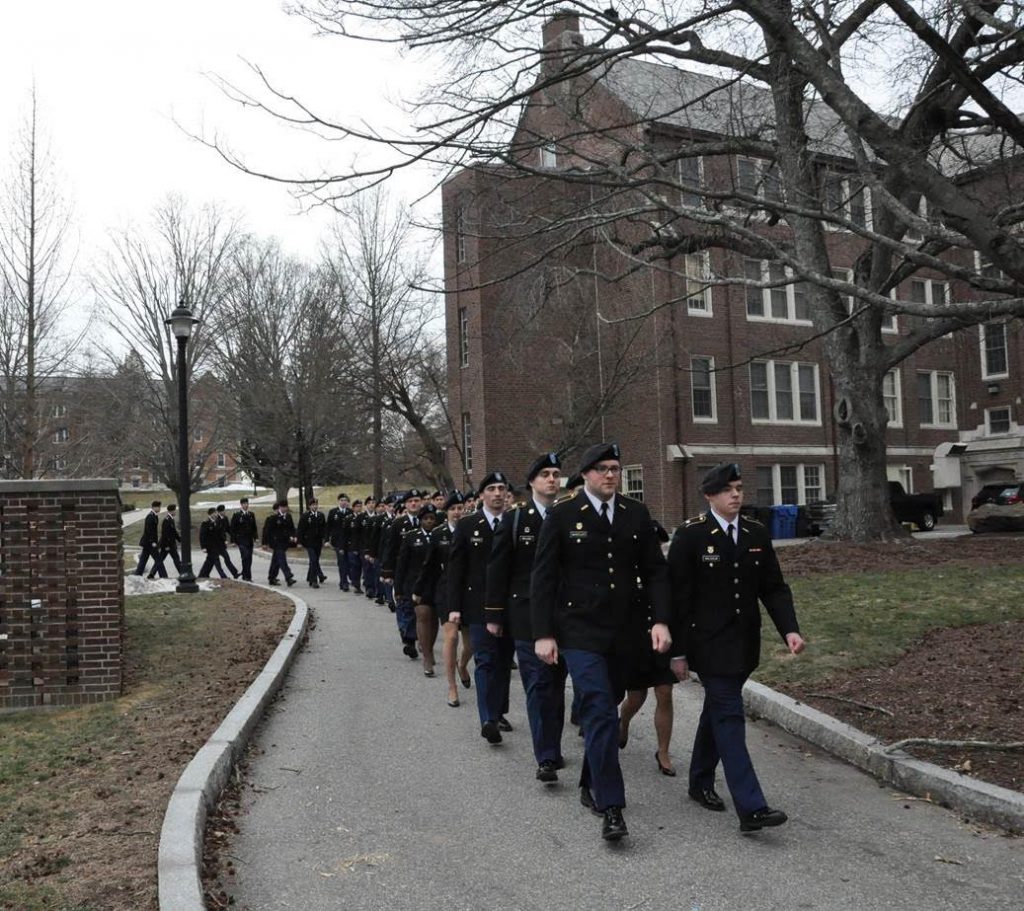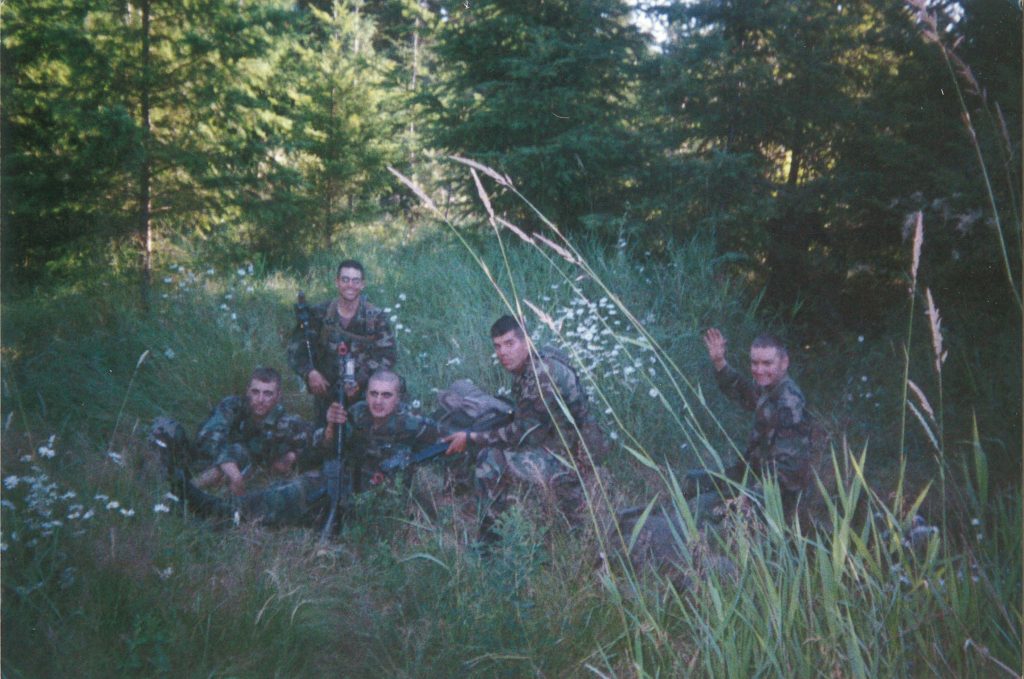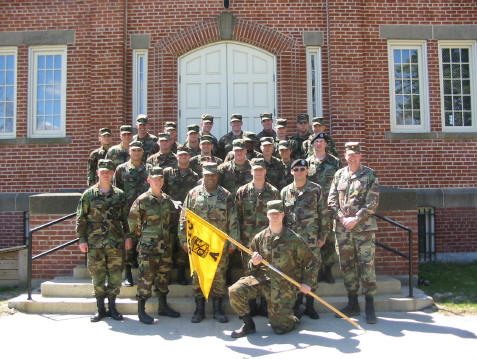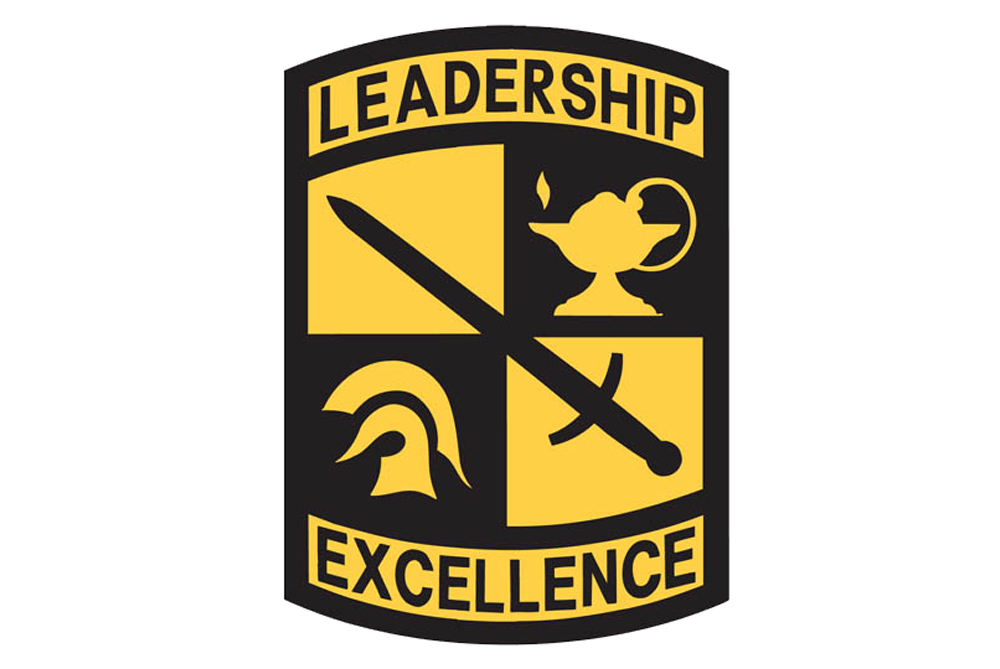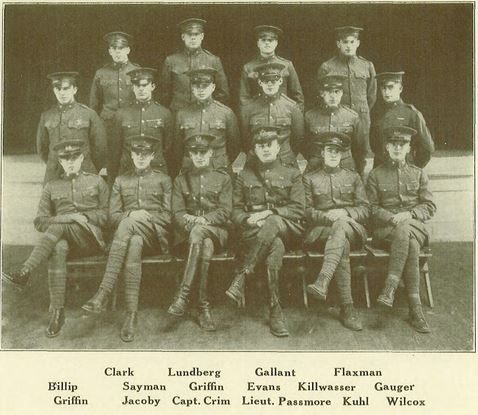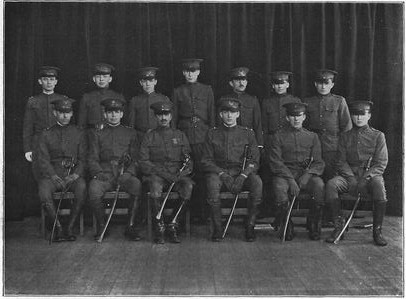Mission
The mission of ROTC is to commission the future officer leadership of the United States Army.
Philosophy
The philosophy of the Military Science Department in Connecticut is to ensure that cadets receive the best possible preparation for service as Army officers. The officers and non-commissioned officers of the Department take pride in the program, and individual attention is given to each cadet to enhance his/her military knowledge and leadership ability. Emphasis is placed on individual practice of leadership principles.
History of Nathan Hale Battalion
Army ROTC is one of the oldest established institutions of its kind in the nation. Military training was first offered in Connecticut at Storrs Agricultural College in 1892. The training consisted of drill and was conducted by a civilian member of the faculty who was designated “Commandant.” One of these instructors, Charles A. Meserve, Professor of Chemistry and Physics, initiated regular Sunday morning inspections of cadets and their quarters. In 1910, the War Department detailed an active Army officer, First Lieutenant James M. Churchill, as the military instructor.
Prior to 1916, the purpose of the program was merely to provide some military training for a portion of the nation’s young men. Completion of the program did not qualify an individual for a commission. In 1916, a unit of the Reserve Officer’s Training Corps was established.
In 1947 the Army provided for military science to be given at the University of Connecticut/Hartford Branch. In 1978 military instruction began at the University of Bridgeport. In 1985, initiatives were taken to move the UConn/Hartford Branch to Central Connecticut State University. In 1985 the Cadet Battalion adopted the name “The Nathan Hale Battalion.”
Knowlton Company
Thomas Knowlton, a veteran of the French and Indian War and the British war with Spain in Cuba, organized a company in Ashford for the struggle against the British.
He lead the company from Connecticut into Massachusetts, the first unit from an outside colony to march to Massachusetts to assist with the struggle after the Lexington and Concord incidents.
The Company of Ashford Volunteers found themselves in the Battle of Bunker Hill. They repulsed the early British charges and covered the retreat of the rest of the force. Captain Knowlton was promoted to Major based on his performance here, and was considered the “first officer of his grade in the Army”.
In the spring of 1776, a Special Force of Connecticut men for “special” operations, a ranger force, is formed. Major Knowlton is asked to command and is promoted to Lieutenant Colonel.
In preparing for the defense of New York, General Washington felt the need for more intelligence on British activities in the city. Lieutenant Colonel Knowlton is put in charge of the intelligence operation. Nathan Hale was the volunteer to put the operation into effect. He was captured by the British and hanged the day after his capture. His words that day have been immortalized into our history: “I regret that I have but one life to give for my country.”
In August of 1776, Lieutenant Colonel Knowlton fought alongside his 16 year-old son, and was killed in action in the Battle of Long Island. George Washington said the next day: “The gallant and brave Colonel Knowlton, who would have been an honor to any country, (fell) yesterday while gloriously fighting.”
A monument of Lieutenant Colonel Thomas Knowlton presently stands on the state capitol grounds of Connecticut.
Silliman Company
When the Revolutionary War began in the 1770s, Fairfielders were caught in the crisis as much as if not more than the rest of their neighbors in Connecticut. In a predominantly Tory section of the state, the people of Fairfield were early supporters of the cause for Independence. Throughout the war, a constant battle was being fought across Long Island Sound as men from British-controlled Long Island raided the coast in whaleboats and privateers.
Gold Selleck Silliman, whose home still stands on Jennings Road, was put in charge of the coastal defenses. In the spring of 1779, he was kidnapped from his home by Tory forces in preparation for a British raid on Fairfield County. His wife watched from their home as, on the morning of July 7, 1779, approximately 2,000 enemy troops landed on Fairfield Beach near Pine Creek Point and proceeded to invade the town.
When they left the following evening, the entire town lay in ruins, burned to the ground as punishment for Fairfield’s support of the rebel cause. Ten years later, President George Washington noted after traveling through Fairfield, that ” the destructive evidences of British cruelty are yet visible both in Norwalk and Fairfield; as there are the chimneys of many burnt houses standing in them yet.”
History of Army ROTC
ROTC had its beginning in 1819 at what is now known as Norwich University. By the 1850s, military instruction on civilian college campuses had spread to other institutions. The Civil War highlighted the problem of training sufficient military leaders during times of crisis. This led to the Land Grant Act of 1862 which provided land and money for the establishment of additional colleges which agreed to offer courses in military tactics.
The National Defense Act of 1916 reestablished the idea of a citizen army to meet the needs of the nation’s defense. Thousands of ROTC graduates served in the First World War, providing valuable leadership and experience to an army that grew from less than 150,000 to more than one and a half million. The program was then suspended during the war but began again in 1920. The ROTC graduates from 1920 to 1940 provided the cadre of reserve officers for the Second World War.
The National Defense Act of 1916 also reorganized the Army Reserve, the Army National Guard, and the Regular Army into the Army of the United States. Officers for this expanded citizen Army were to be given military instruction in institutions under a Reserve Officer’s Training Corps. By the end of World War II, more than 118,000 ROTC officers had served their country.
In the Korean and Vietnam conflicts, ROTC provided the majority of the officers for the Army. Young officers came from all walks of life and served with distinction. ROTC graduates have attained the highest ranks in the Army and continue to provide the majority of officers for the active as well as reserve forces.
Today, ROTC provides on-campus leadership instruction at over 273 host colleges and universities, with more than 500 cross-enrolled institutions to develop college educated men and women for positions of responsibility. The Army ROTC normally provides approximately 80 percent of all new lieutenants entering the active Army
